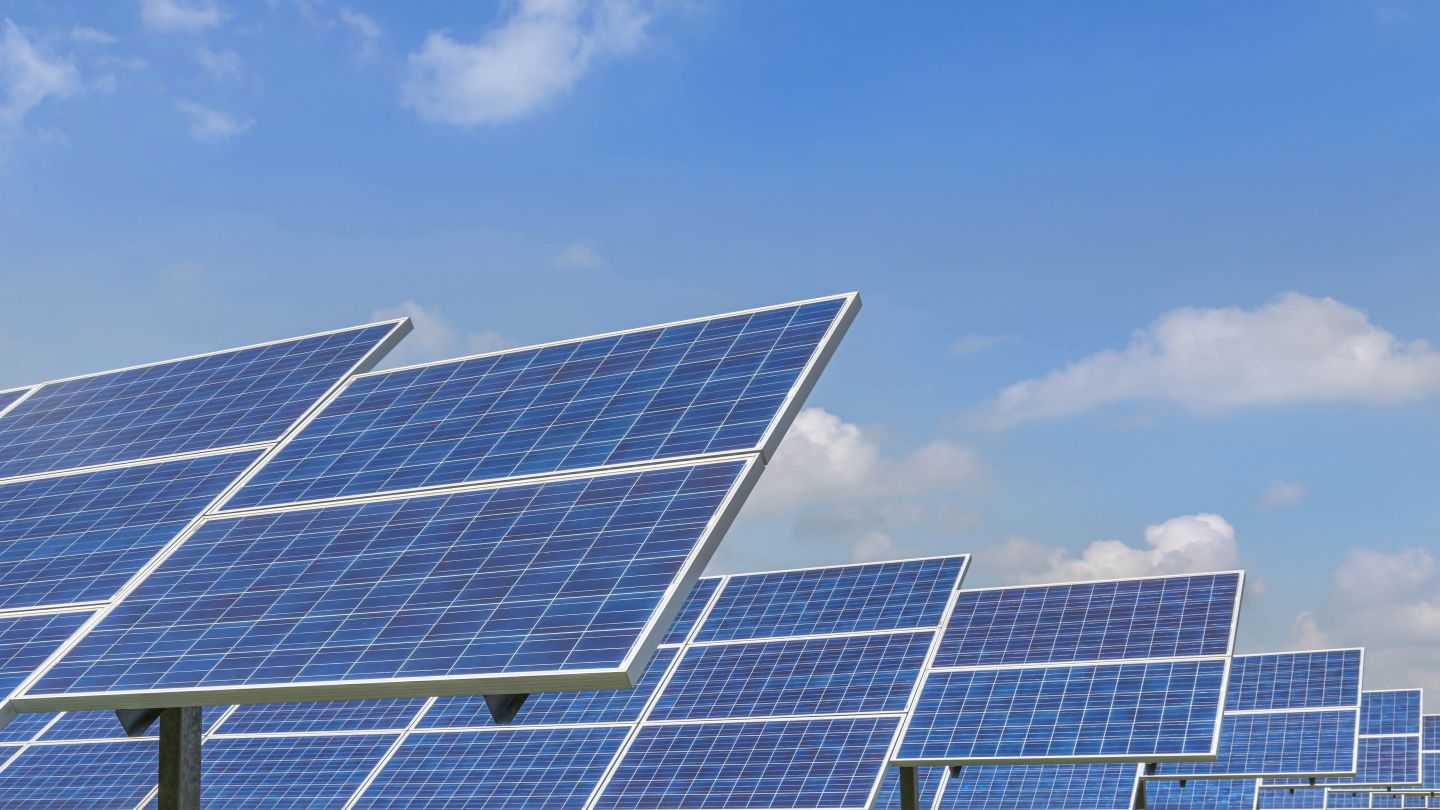Key Takeaways
- Solar energy became the leading source of electricity in the EU in Q2 2025, accounting for 22% of total generation.
- Renewables contributed 54% of the EU’s net electricity, with significant growth noted in Luxembourg and Belgium.
- Denmark topped the EU in renewable energy usage, generating 94.7% of its electricity from renewable sources.
Solar Energy Surges in the EU
In the second quarter of 2025, solar energy emerged as the primary electricity source in the European Union (EU) for the first time. According to EU data, renewable sources generated 54% of net electricity, a rise from 52.7% in the same period in 2024. Solar energy alone produced 122,317 gigawatt hours (GWh), contributing 19.9% to the total electricity mix.
June 2025 marked a milestone, as solar energy accounted for 22% of total electricity production, surpassing nuclear’s contribution of 21.6%. Wind energy followed at 15.8%, hydroelectric power at 14.1%, and natural gas at 13.8%. This transition highlights solar’s growing impact on EU energy dynamics.
Denmark led EU countries in the share of renewables, achieving an impressive 94.7% in net electricity generation. Other top performers included Latvia at 93.4%, Austria at 91.8%, Croatia at 89.5%, and Portugal at 85.6%. Conversely, Slovakia had the lowest renewable share at 19.9%, with Malta and Czechia at 21.2% and 22.1% respectively.
The second quarter recorded increases in renewable energy adoption across 15 EU nations. Luxembourg and Belgium achieved notable year-on-year growth of 13.5 and 9.1 percentage points respectively, primarily driven by advancements in solar technologies. In total, 36.8% of the renewable energy generated came from solar, followed by wind at 29.5% and hydroelectric at 26.0%. Combustible renewable fuels contributed 7.3% and geothermal energy added 0.4%.
This shift towards renewable energy, especially solar, signifies a crucial step in the EU’s commitment to sustainability and energy independence. The expanding role of solar energy is a key indicator of a broader transition happening within the EU, as it strives to reduce carbon emissions and dependence on fossil fuels. As solar becomes increasingly prevalent, it not only reshapes the region’s energy landscape but also sets a precedent for future energy policies.
The content above is a summary. For more details, see the source article.















